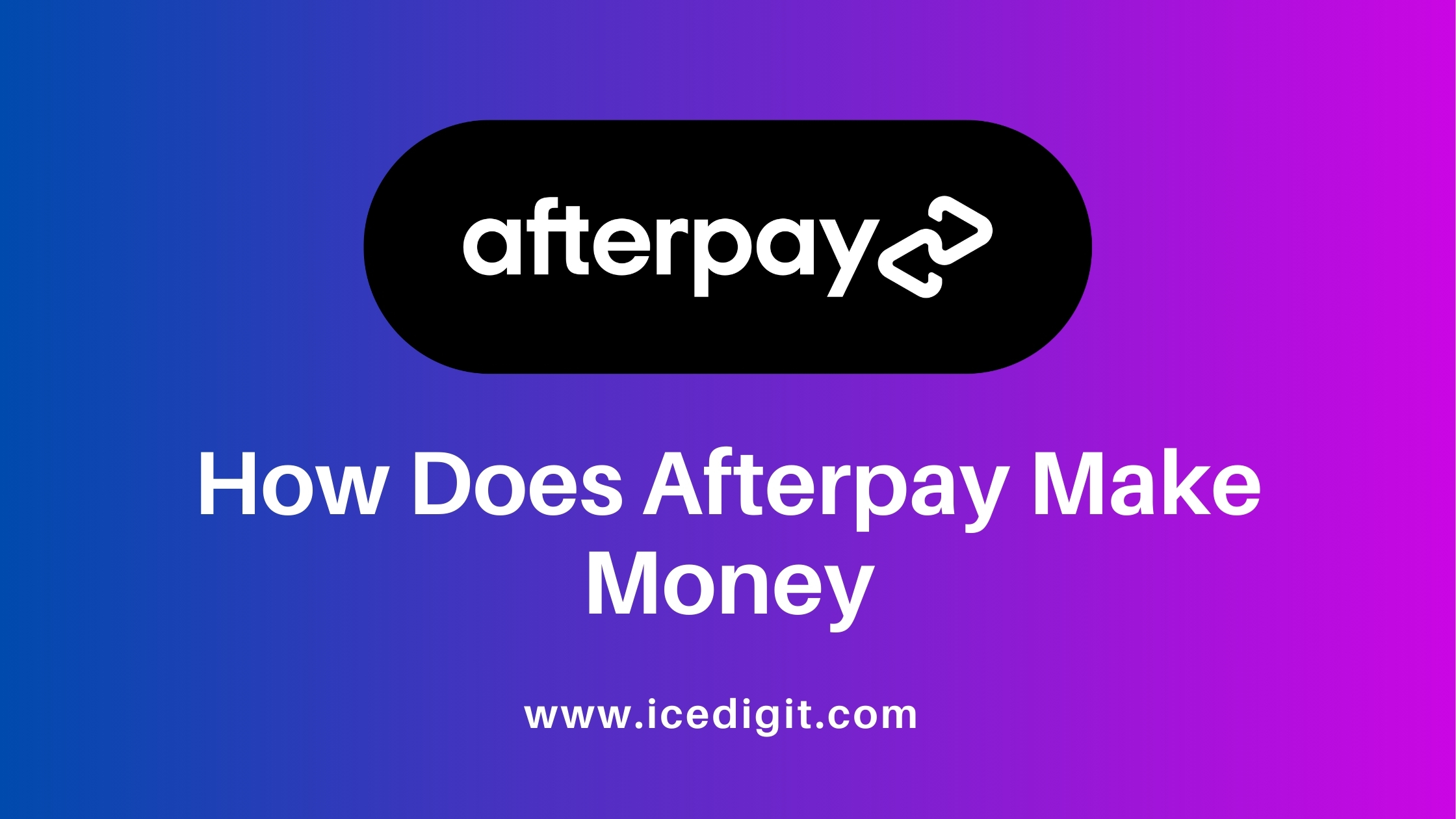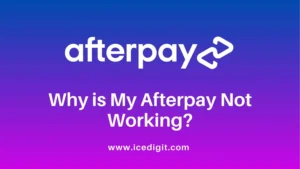I may earn a commission from affiliate partner links featured here on my site. Such commissions allow me to maintain and improve this site. Read full Disclosure.
With its surging popularity across online and brick-and-mortar retailers, Afterpay has become one of the most widely-used “buy now, pay later” (BNPL) services. But with no interest fees or required subscriptions, you may be wondering – how does Afterpay make money exactly?
In this guide, we’ll explain Afterpay’s main revenue sources, including merchant transaction fees, interchange fees, late payment charges, and more.
We’ll outline how their innovative business model not only covers costs but also drives major profits while providing flexibility for shoppers.
Follow along as we demystify how Afterpay profits from each payment plan, where their revenue comes from, and the key role merchant partners play in their financial success.
Contents
How Does Afterpay Make Money – Main Revenue Sources
While customers pay zero fees (if on-time), Afterpay collects revenue from several transaction touchpoints:
Merchant Fees: Afterpay charges retail partners a percentage-based transaction fee whenever a customer selects Afterpay at checkout. This starts at 4% and scales down based on volume.
Interchange Fees: Afterpay receives a small interchange fee from the payment processing networks on each customer purchase conducted through them.
Late Fees: If a customer misses an installment payment, Afterpay charges a small late fee, capped at 25% of the order value or $68 maximum. These contribute nominal revenue.
Other Income: Interest on company cash holdings, foreign exchange gains, and investment profits also provide small revenue streams.
So while customers pay nothing upfront, merchant, interchange and late fees drive the bulk of Afterpay’s revenues.
Their model aligns incentives, profiting only when all participants – customers, merchants and Afterpay – benefit from the transaction.
Why Retailers Gladly Pay Afterpay’s Fees

With merchant fees being Afterpay’s largest revenue source, what incentive do retailers have to partner? It comes down to data showing Afterpay delivers valuable perks:
Increased Order Values: On average, customers spend 15-30% more per order when using Afterpay. Higher tickets offset merchant fees.
Improved Conversion Rates: Afterpay helps merchants convert up to 30% more mobile users into buyers thanks to better checkout completion.
Higher Repeat Purchase Rates: Afterpay shoppers spend more over time and have higher retention than credit card payers.
Younger Customer Acquisition: 90% of Afterpay users are Millennials or Gen Z. Merchants gain access to this valuable demographic.
With measurable expansion of key retail metrics, merchants see Afterpay fees as a worthwhile customer acquisition and growth cost.
The value provided outweighs the small transaction percentage collected by Afterpay.
Final Thoughts
In the “buy now pay later” space, Afterpay has a win-win business model benefitting customers, merchants and shareholders simultaneously.
Users gain payment flexibility with no interest or fees. Retailers increase sales, conversion and loyalty. And Afterpay profits from merchant transaction fees that scale dynamically with partner success.
This virtuous cycle clearly explains your question on how does Afterpay make money while providing interest-free plans.
And with strong network effects as more merchants join, Afterpay’s revenue growth remains poised to accelerate.
FAQ
Does Afterpay charge late fees?
Yes. Afterpay collects late fees from customers who miss scheduled installment payments, capped at 25% of the purchase price up to $68 maximum. This accounts for a small portion of their overall revenue.
What percentage does Afterpay charge merchants?
Afterpay collects a 4% merchant transaction fee on orders at minimum. This rate can scale down to 1.5% depending on the retailer’s payment volume processed through Afterpay.
How does Afterpay make money when customers pay nothing?
While Afterpay does not charge customers upfront fees, they collect merchant transaction fees, interchange fees, and late payment fees that together add up to major revenue streams while allowing customers to budget purchases interest-free.




